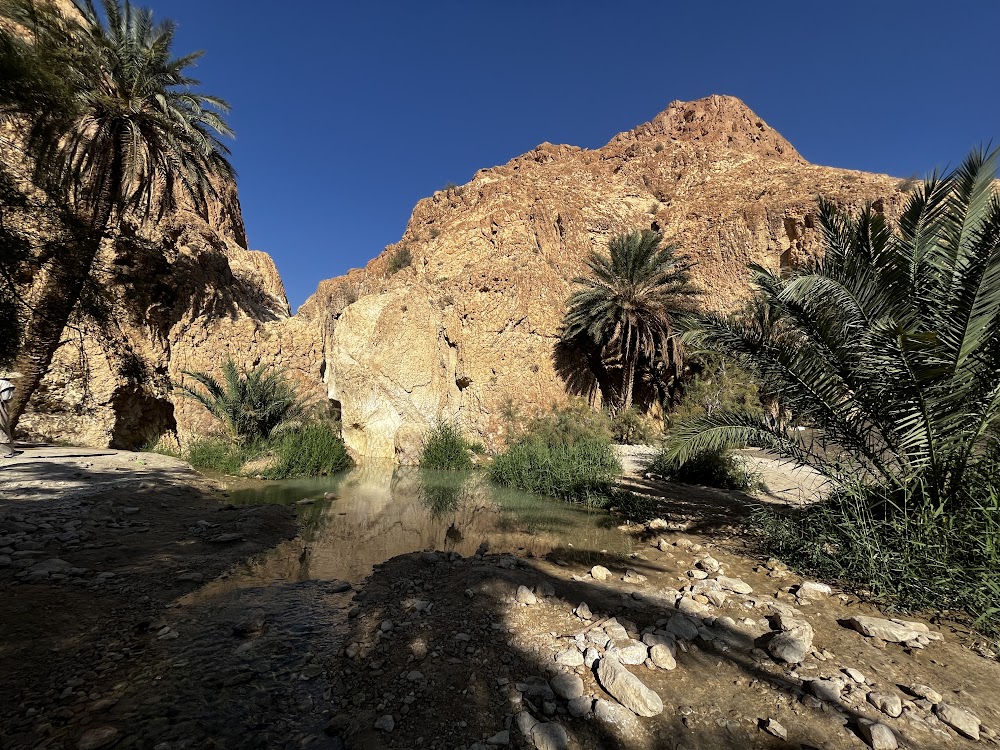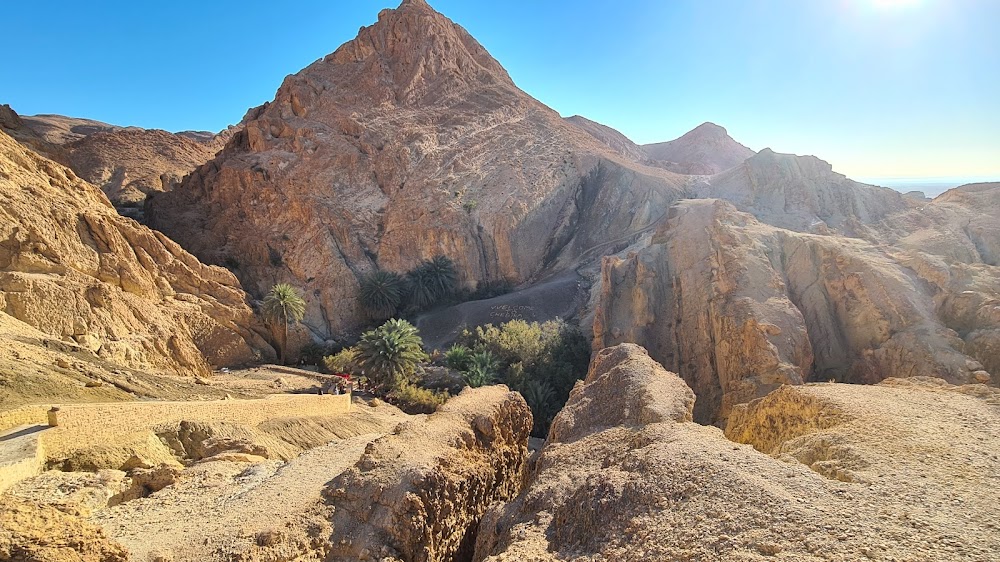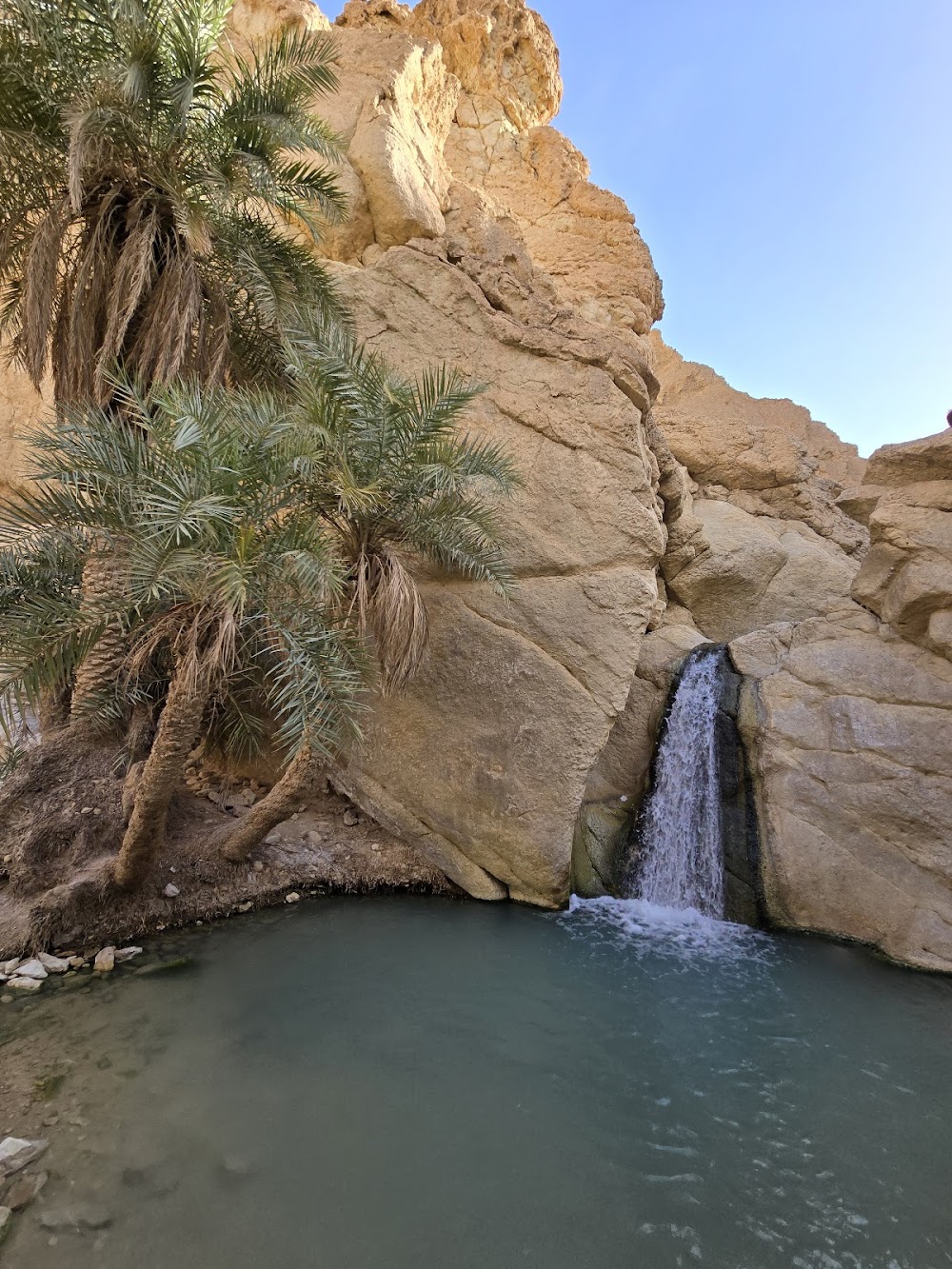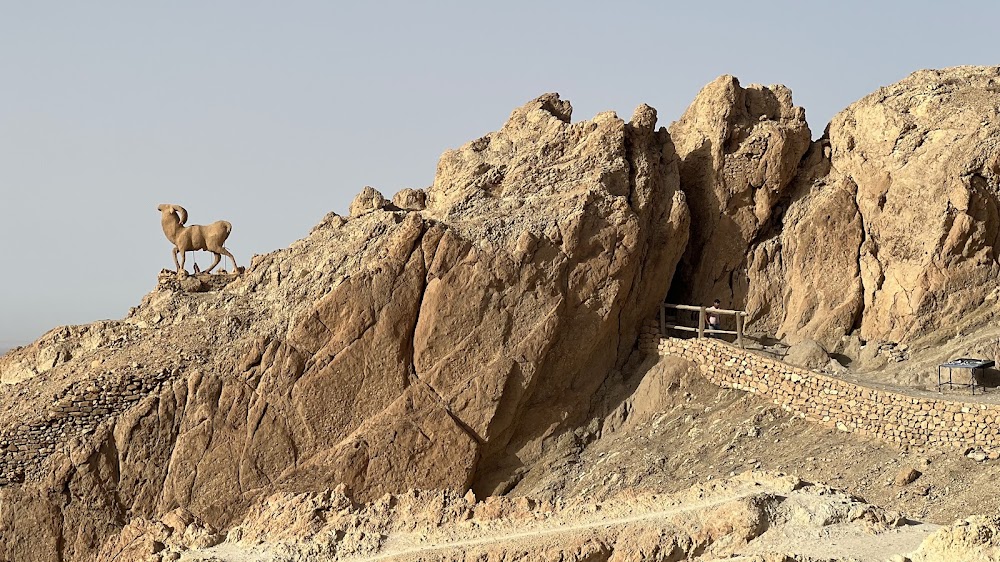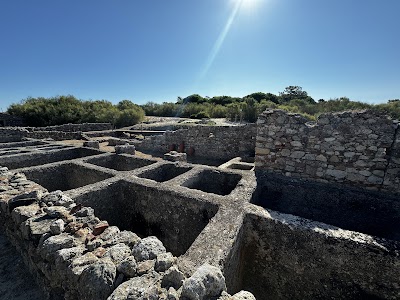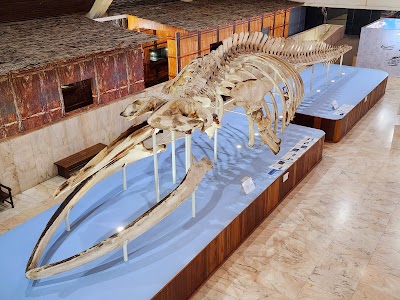Tkerkiba Oasis (واحة تكركيبة)
Overview
The Chebika Oasis, also known as Tkerkiba Oasis, is a breathtaking natural marvel located in the Sabha District of Libya. This enchanting oasis exemplifies the harmonious relationship between nature and human ingenuity, serving as a vital refuge in the expansive desert and nurturing a vibrant ecosystem that has flourished for generations.
Originally a gathering place for nomadic tribes traversing the Sahara Desert, Chebika Oasis emerged as a crucial lifeline amidst the harsh and arid landscape. The oasis formed around a freshwater spring, which has sustained the greenery and life surrounding it. Early inhabitants recognized the immense value of this natural resource and gradually developed the oasis to enhance its sustainability and productivity.
The local Berber tribes played a pivotal role in the construction and enhancement of Chebika Oasis. Utilizing traditional techniques passed down through generations, they meticulously dug canals and irrigation channels to manage the water flow efficiently. These channels ensured that water reached every corner of the oasis while minimizing waste, preserving resources for drier times. To enhance durability and prevent erosion, the canals were often lined with stones, creating robust pathways for the precious water.
Strategically planted palm trees are a hallmark of Chebika Oasis. These resilient trees thrive in arid conditions, tapping into deep underground water sources. Towering date palms not only provide delicious fruit but also offer much-needed shade, creating a cooler microenvironment that supports diverse plant and animal life. Beneath their fronds, residents cultivate a variety of crops, benefitting from the fertile soil enriched by decomposed plant matter and the oasis's consistent water supply.
The architecture of Chebika Oasis is uniquely adapted to the environment. Residents construct their homes using local materials such as mud bricks, which provide excellent insulation against the extremes of desert temperatures. These simple yet effective structures remain cool during scorching days and retain warmth during chilly nights. Additionally, the architecture incorporates wind towers and ventilation shafts that capture passing breezes, funneling fresh air into living spaces and enhancing comfort.
Chebika Oasis has long served as a social hub for community gatherings and cultural exchanges. The Berbers possess a rich tradition of storytelling, music, and dance, regularly celebrated in the communal areas of the oasis. These cultural practices are essential to the community's identity, nurturing a strong sense of belonging and continuity among residents.
In recent years, Chebika Oasis has gained recognition as a site of interest for ecotourism. Visitors are drawn to its serene beauty and historical significance, eager to immerse themselves in its tranquility and learn about the sustainable practices employed by local inhabitants. This influx of tourists has prompted the community to take proactive measures to preserve the oasis, ensuring it remains a thriving habitat for future generations.
Despite the advances of modern technology and development, the core principles of Chebika Oasis continue to emphasize the importance of preserving and enhancing the natural environment. The balance between responsible resource use and ecological integrity serves as a model of sustainable living, illustrating how human intervention can nurture rather than deplete the land.
Chebika Oasis is more than just a sanctuary in the desert; it stands as a living embodiment of human adaptability and respect for nature. Its lush greenery, strategic water management, and rich cultural traditions create a vivid tapestry of life in harmony with one of the planet's most challenging environments. For those who visit or learn about it, Chebika Oasis symbolizes hope and resilience, inspiring sustainable practices even in the aridest corners of the world.


